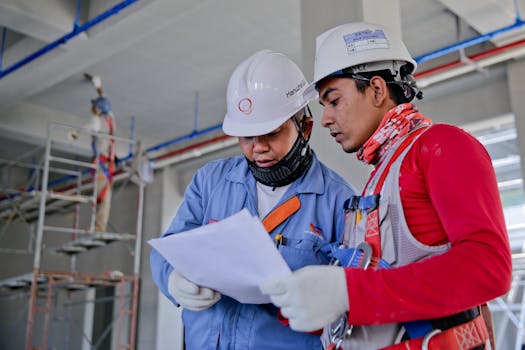Annual Bike Inspection: What Operations Are Necessary, Tips
As cycling continues to gain popularity as a sustainable and healthy mode of transportation, the importance of regular bike maintenance cannot be overstated. An annual bike inspection is crucial for ensuring safety, performance, and longevity of your bicycle. This article will explore the necessary operations for an effective bike inspection, provide valuable tips, and highlight the benefits of keeping your bike in top condition.
Why Annual Inspections Matter
Regular bike inspections are essential for several reasons:
- Safety: A well-maintained bike reduces the risk of accidents caused by mechanical failures.
- Performance: Regular checks ensure that your bike operates smoothly, enhancing your riding experience.
- Cost-Effectiveness: Preventative maintenance can save you money in the long run by avoiding costly repairs.
- Longevity: Proper care extends the life of your bike, allowing you to enjoy it for years to come.
Essential Operations for Annual Bike Inspection
When conducting an annual bike inspection, several key operations should be performed to ensure your bike is in optimal condition. Here’s a comprehensive checklist:
- Frame and Fork Inspection: Check for any cracks, dents, or signs of wear. Pay special attention to welds and joints.
- Brake System Check: Inspect brake pads for wear and ensure they are aligned correctly. Test the brake levers for responsiveness.
- Tire Condition: Examine tires for tread wear, punctures, or cracks. Ensure they are inflated to the recommended pressure.
- Chain and Drivetrain Maintenance: Clean and lubricate the chain, and check for wear on the cassette and chainrings. Adjust the derailleur if necessary.
- Wheel Inspection: Check for true alignment by spinning the wheels and looking for wobbles. Inspect spokes for tension and integrity.
- Headset and Bottom Bracket: Ensure that the headset is tight and that there is no play in the bottom bracket. Lubricate as needed.
- Accessories and Lights: Test all lights and reflectors, and ensure that any additional accessories are securely attached.
Tips for a Successful Bike Inspection
To make the most of your annual bike inspection, consider the following tips:
- Use a Checklist: Create a detailed checklist to ensure you don’t miss any critical components during the inspection.
- Document Findings: Keep a record of any issues found and repairs made. This can help track the bike’s maintenance history.
- Invest in Quality Tools: Having the right tools can make inspections and repairs easier and more effective.
- Seek Professional Help: If you’re unsure about any aspect of the inspection, don’t hesitate to consult a professional bike mechanic.
- Schedule Regular Inspections: In addition to the annual check, consider seasonal inspections, especially if you ride frequently or in harsh conditions.
Case Study: The Impact of Regular Inspections
A study conducted by the National Highway Traffic Safety Administration (NHTSA) found that cyclists who performed regular maintenance on their bikes experienced 30% fewer accidents compared to those who did not. This statistic underscores the importance of annual inspections and regular upkeep. For instance, a cyclist named Sarah reported that after implementing a routine inspection schedule, she noticed improved braking performance and a smoother ride, which significantly boosted her confidence on the road.
Conclusion
In conclusion, an annual bike inspection is a vital practice for any cyclist, whether a casual rider or a dedicated enthusiast. By performing essential operations such as checking the frame, brakes, tires, and drivetrain, you can ensure your bike remains safe and efficient. Implementing the tips provided will enhance your inspection process, leading to a more enjoyable cycling experience. Remember, a well-maintained bike not only protects you but also contributes to a more sustainable environment. So gear up, inspect your bike, and ride safely!
